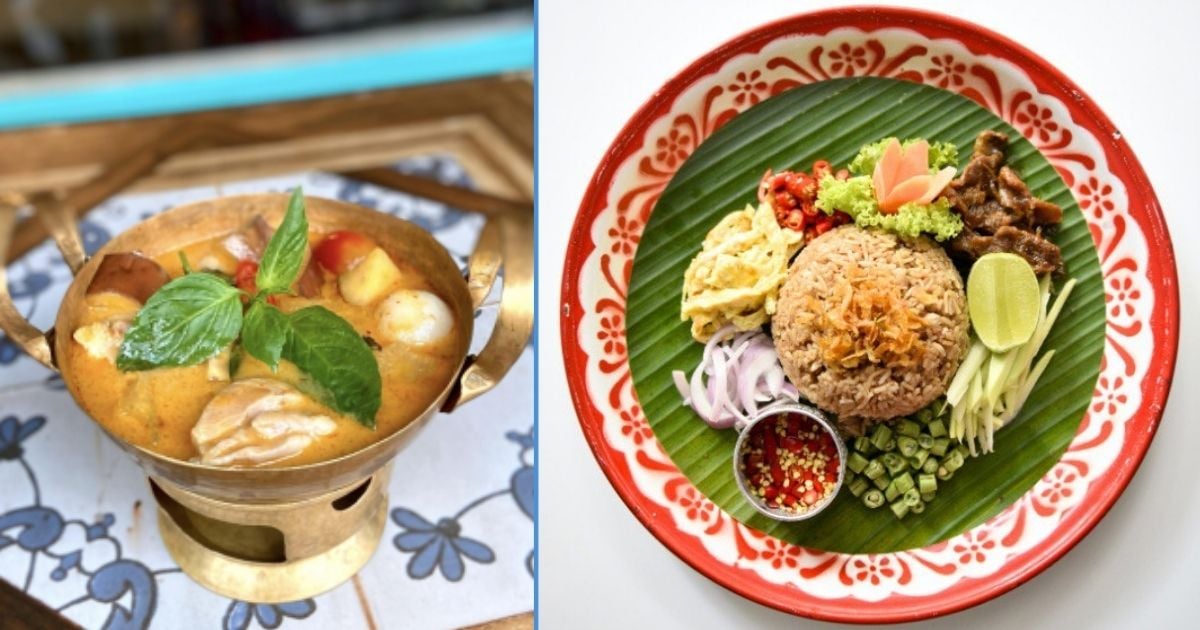We all know their weak currency captivates us to travel to Malaysia.
Like everything, it goes both ways. That’s why there are so many Malaysian workers in Singapore.
Especially with rising inflation, more Malaysians are expected to work here now.
More M’sians Might Be Coming to S’pore to Work in the Coming Months
As COVID-19 eases and Singaporean companies resume active hiring, many Malaysians are expected to come to Singapore to work.
But why?
Firstly, Malaysia’s high cost of living.
For us Singaporeans, when we cross the border to shop, we can simply divide the prices by three and pay that amount in SGD. This way, our couple thousand dollars a month salary can sustain us.
However, Malaysians make that same couple thousand dollars a month and still have to pay the sum (undivided by three).
In other words, they’re making Singapore’s numbers but paying Malaysia’s price. Evidently, it might be challenging to cope there, especially in pricier parts of the country like its capital Kuala Lumpur.
As such, they come over here to reap the advantageous exchange rate, which allows them to live more comfortably and have greater spending power.
Moving on, we have Singapore’s shortage of workers.
Because Singapore is a small nation, we often lack manpower in certain industries. In turn, employers have to hire from other countries to fill gaps in the workplace.
This is where Malaysia comes in.
Due to the attractive rewards available to them, many are compelled to work here.
Finally, the nation’s economic instability is a pushing factor for citizens.
The country showed disunity in its political sentiments after last year’s elections. Because of the fragmentations, economic instability will follow.
Also, Malaysia is stuck in the middle-income trap. It is better off than neighbouring countries like Indonesia and the Philippines but worse off than Singapore.
Because of this, the higher-skilled workers from Malaysia and the other nations are going to Singapore to work while the rest stay put.
As a result of this vicious cycle, Malaysia’s workforce is underskilled and is unable to tide through this period of political instability, leading its workers to flee.
Putting Things Into Perspective
Let’s examine how much the pay difference is exactly.
According to The Straits Times’s interview with Johor Indian Muslim Entrepreneurs Association (Perusim), experienced roti canai makers are paid around RM264 (~S$80) daily for a regular 12-hour shift in Singapore.
In comparison, they make only around RM100 (~S$30) per day in Malaysia.
That’s almost a three-times difference.
Johor’s Labour Shortage
Speaking to The Straits Times, Johor South small and medium-sized enterprise adviser Teh Kee Sin said many Singaporeans avoid the “3D (dirty, dangerous, and difficult) jobs.”
In turn, many manufacturing companies in Singapore rely on foreign workers. In Malaysia, many would work in Johor before coming to Singapore eventually.
“Johor’s severe labour shortage has been going on for many years.”
This isn’t exclusive to only one industry; the driving industry is affected too.
No, not the F1 one, the lorry-driving one.
As always, the pay in Singapore is significantly higher than that in Johor. A driver in Singapore can earn around RM10,000 (S$3,000).
Imagine earning 10,000 SGD a month for just driving!
Employment Increase in Q3
In December 2022, the Ministry of Manpower (MOM) announced that 75,900 new jobs were created in the third quarter of 2022.
Of those 75,900, 71,000 were non-residents, with the largest employment increases in the manufacturing and construction industries.
For resident employment, the most significant increases were seen in the financial, info-comm, accommodation, and professional services sectors.
While that’s the case, we all know the tech sector saw many retrenchments and layoffs.
On the bright side, resident long-term unemployment rates decreased to the pre-COVID-19 average of 0.7%.
Featured Image: Shutterstock (joyfull)



